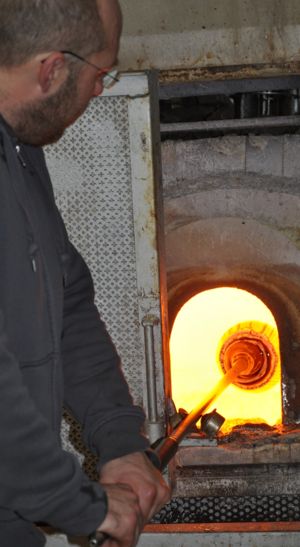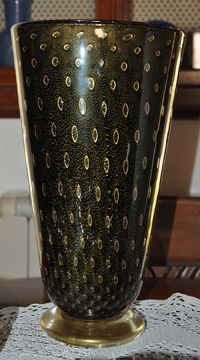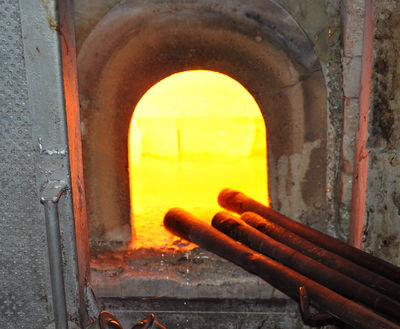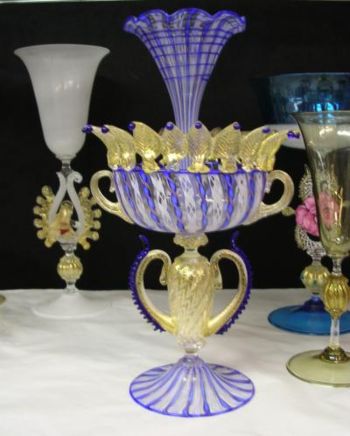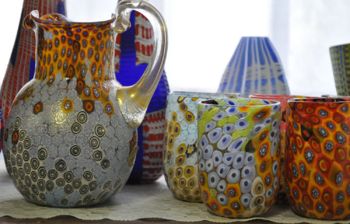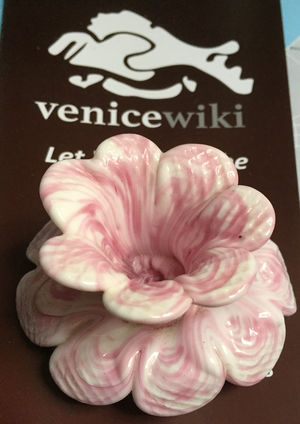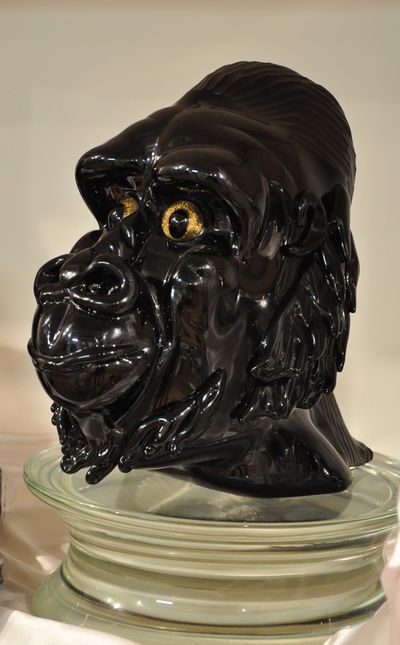Glass glossary
Da Venicewiki, il wiki di Venezia
Also in the workmanship of the glass had therefore of the specific terminologies to give to the same workmanship, but also to a specific ended job, a name that identified it, that determines the specificity, that attributes the origin of the production of it.
Avventurina : particular type of glass that is gotten with a very unusual procedure that consists of adding to concluded fusion determined quantity of first subjects, so that the copper can coagulate in small clots and you results lucent. The avventurina is best when the copper crystals are homogeneous in the whole fusion. Of the origin of the avventurina, invented to [[Book a visit to a Murano Glass Factory
|Murano]] in 1620, the definition is representative that is given by the glassworker seventeenth-century Giovanni Darduin:“la si dimanda Venturina, et con ragione, perché sortisse più da ventura che da scienza”. (You defines Venturina for that the effect results more from fortune that from science).
Bluino: it is slightly a clear and compact transparent glass in the color. You gets with the cobalt addition in the mixture of preparation. Particularly proper for the decoration of the classical chandeliers muranesi, employee often comes in the wine glasses and in the pedestals of the blown glasses.
Calcedonio: The principal mineral for the preparation of the Calcedonio is the silver, so denominated for the similarity to a variety of the stone hard call natural calcedonio, the agate zonata. An opaque glass results with veins of various colors on dark fund, particularly difficult to prepare for the particular combination of the mineral launchings that compose it.
Chemist: is the name given to the entrusted person to perform the mixture of the flinty sand with the addition of the mineral ones that must go to fusion in the crucibles for the preparation of the pasta glassy purrs. The knowledge of the correct quantity of material to be used for the various ones stocks it gives a maximum importance to this figure, such to become a secret to hand down, only in point of death, of father in child.
Crystal: Flinty sand with little intrusions of mineral in his composition. Few grams of iron oxidize for kilo of sand are enough to give a green- blue coloration to the glass. Also the percentage of firm it influences the transparency and hulling of the produced glass. In relationship to the percentage of firm inserted in the components, is defined short glass that with smaller quantity and long glass that with great, that increases also the workmanship of the glass.
Fiola: ancient neck bottle along and wide belly. From this drift the ancient denomination of the teachers glassworkers of Murano with which are associated in school and affiliate in the special bulletin-board of category called Mariegola.
Lattimo: the lattimo is an opaque white glass, conceived for resembling to the porcelain, when the Chinese porcelains started to be commercialized in Europe. The soul of the white filigree is in this material. It is gotten it opacifying the glass with oxide of pond.
Muffola: Special oven to slowly lower the temperatures of the objects in glass just performed. The workmanships, the colors, the joints, have different tensions and they must slowly be loose with the purpose to eliminate her everybody. In contraire case the object is destined to inevitably break and to become useless. It is more often the object, more time must remain in muffola, in some cases up to 36 hours.
Reticello: it is had as a variation of the filigree. With the reed in filigree two files are formed, of reed overlapped and cross, fused together they have a peculiar particularity: in the intersections of the reeds a small bead of air remains imprisoned and it appears to the center of the threads of the filigree giving her a sense of lightness. Are very appreciated the glasses performed with such technique, but also the dishes, the bottles and the cups.
Zanfirico: it is that technique of workmanship with which preferably dishes and glasses are performed. It is also it a variation of the filigree. In this case the produced reeds are woven in various forms until and approach so that glasses can be had blown that from the center they depart for the outside as you detach.
